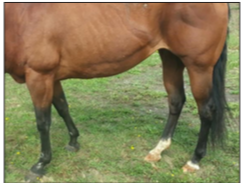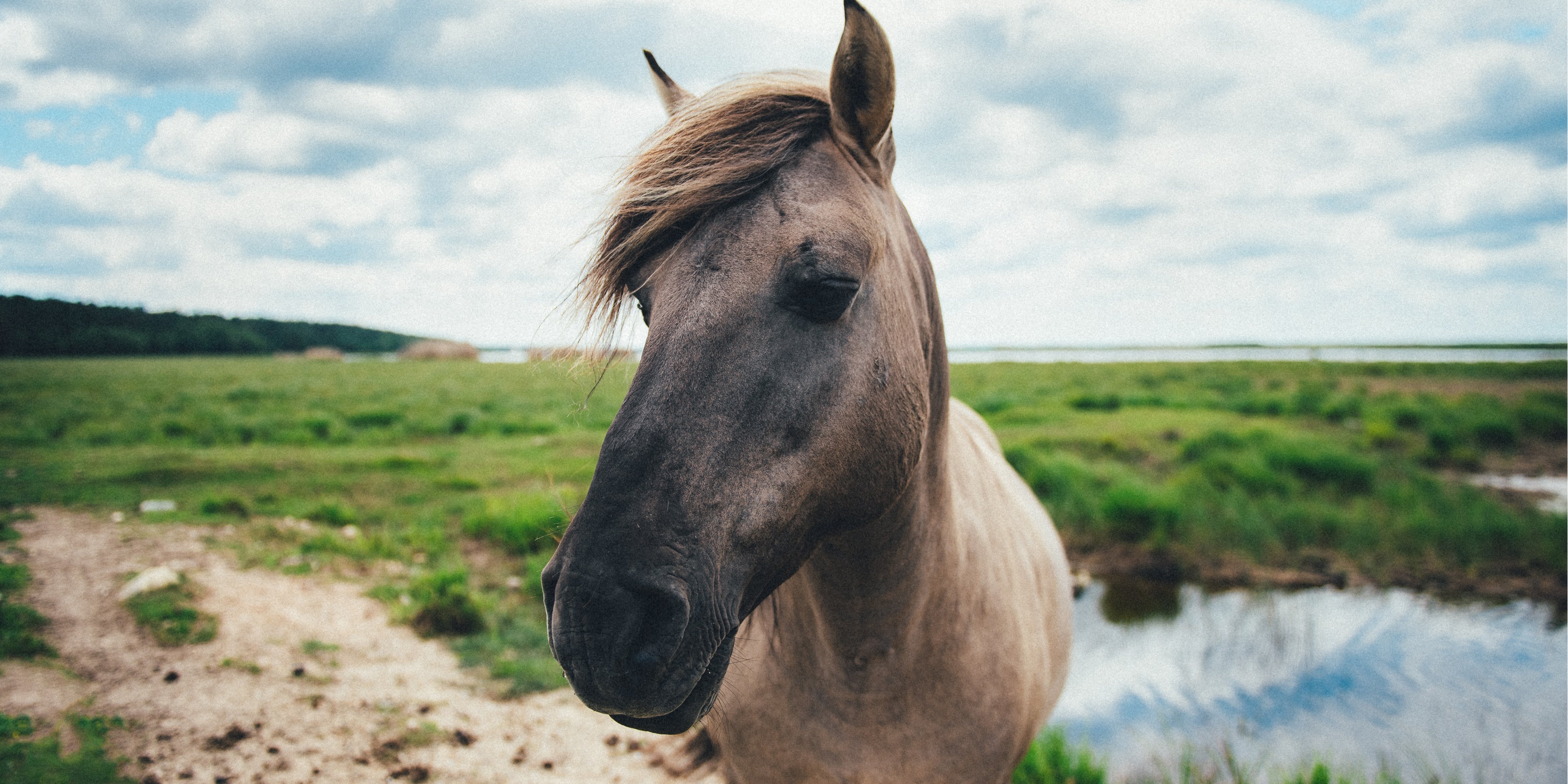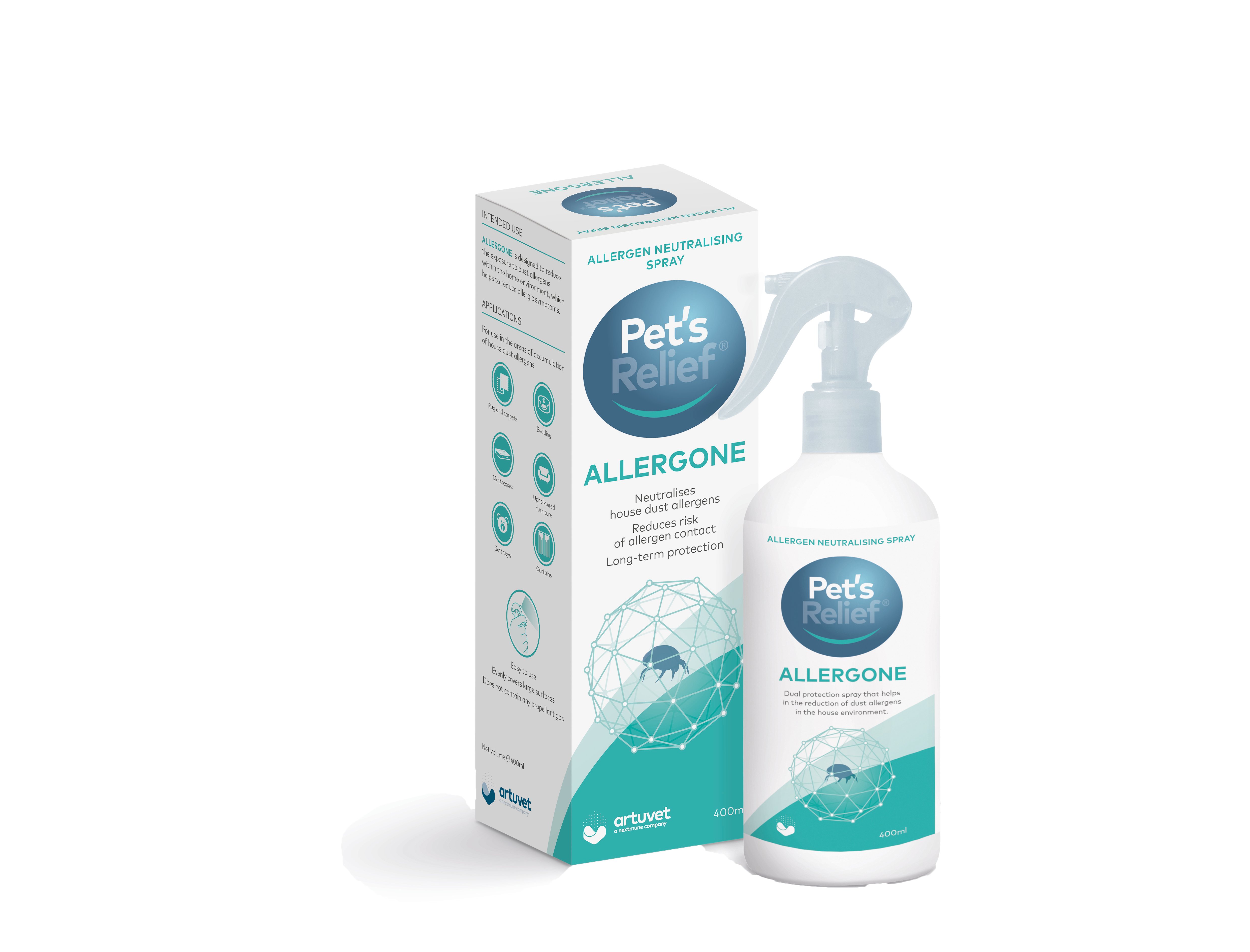Equine Asthma | Inflamatory Airway Disease (IAD) | Recurrent airway obstruction (RAO)
Equine Asthma, a term that encompasses various syndromes including Inflammatory airway disease (IAD) and Recurrent airway obstruction (RAO).
Inflammatory airway disease (IAD)- Characterized as exercise intolerance and intermittent cough in horses that are normal at rest
- Inflammatory condition of the lower respiratory tract
- Appear to be primarily noninfectious
- Occurs in 22%–50% of athletic horses
- Is a common cause of impaired performance and interruption of training
Recurrent airway obstruction (RAO)
- Characterized as heaves, broken wind, and chronic airway reactivity Is a common respiratory disease
- Unlike IAD, horses with RAO don’t breathe normally at rest
- Usually suffer from a persistent cough
- Airway obstruction episodes occur when a susceptible horse is exposed to common allergens

Unlike inflammatory airway disease, horses with RAO don’t breathe normally at rest and usually suffer from a persistent cough. Airway obstruction episodes occur when a susceptible horse is exposed to common allergens.
RAO symptoms include chronic cough, nasal discharge, and trouble breathing. The classic “heave line” that can appear along the bottom edge of the ribs (figure 2) occurs when the abdominal muscles become large from excess work. Severely affected horses may also exhibit weight loss, anorexia, and exercise intolerance.

Figure 2 (heave line)
There are two forms of RAO: The barn-associated type, often occurring in stalled horses fed hay and summer pasture-associated, seen more commonly in horses living on pasture in the Southeast.
Most evidence suggests RAO is the result of the lung’s hypersensitivity to inhaled antigens. The most common allergic triggers are mold, organic dust, and endotoxin in hay and straw.
Although relief medications will alleviate clinical RAO symptoms, the respiratory disease will return if the horse remains in the same environment once the medications are discontinued. Since bronchodilators have minimal to no anti-inflammatory activity, they should not generally be the sole treatment for RAO.
RAO is a chronic disease, requiring life-long management. Hyposensitization, alongside environmental and dietary management may help reduce the clinical symptoms of RAO.
-1-Dec-21-2023-09-06-57-7716-AM.jpeg?width=1275&name=Equine%20Sample%20Results%20Booklet%202020-2021%20(NEXTMUNE)-1-Dec-21-2023-09-06-57-7716-AM.jpeg)
Common mold & barn allergens
CLADOSPORIUM
Grows on plants, leather, rubber, cloth, paper, & wood
ASPERGILLUS
Found in soil, damp hay, grain, & fruit
PENICILLIUM
Grows in soil, decaying vegetation, breads, fruit, & cheese *Not to be confused with an allergy to the medication Penicillin
ALTERNARIA
Grows on
textiles, soil, seeds, plants, & horizontal surfaces in water damaged buildings
SMUTS
Found on corn, grasses, weeds, flowering plants, & other fungi; wind disseminated
CANDIDA ALBICANS
Found in soil, organic
debris, & in humans as an organism in the nasal cavity & feces
PHOMA
Grows in damp/humid areas on paper products, soil, &
dead plants
MUCOR
Found in leaf litter, organic debris, & animal waste
HELMINTHOSPORIUM
Parasite found on cereals, grasses, sugar cane, soil, & textiles
Additional RAO Resources:
http://www.horsedvm.com/disease/seasonal-recurrent-airway-obstruction/
https://aaep.org/horsehealth/recurrent-airway-obstruction-rao-horse
Recurrent Airway Obstruction (RAO) in the Horse; Amanda House, DVM. AAEP.
Recurrent Airway Obstruction in Horses; Bonnie R. Rush, DVM, MS, DACVIM, Kansas State University.
Figure 1: Airway Diseases In Horses; Susan Stafford-Pooley.
 UK
UK

 Global English
Global English



